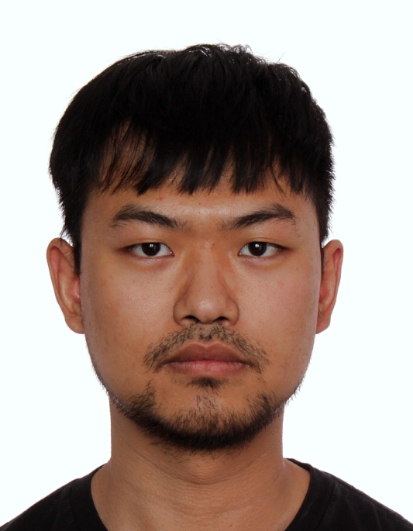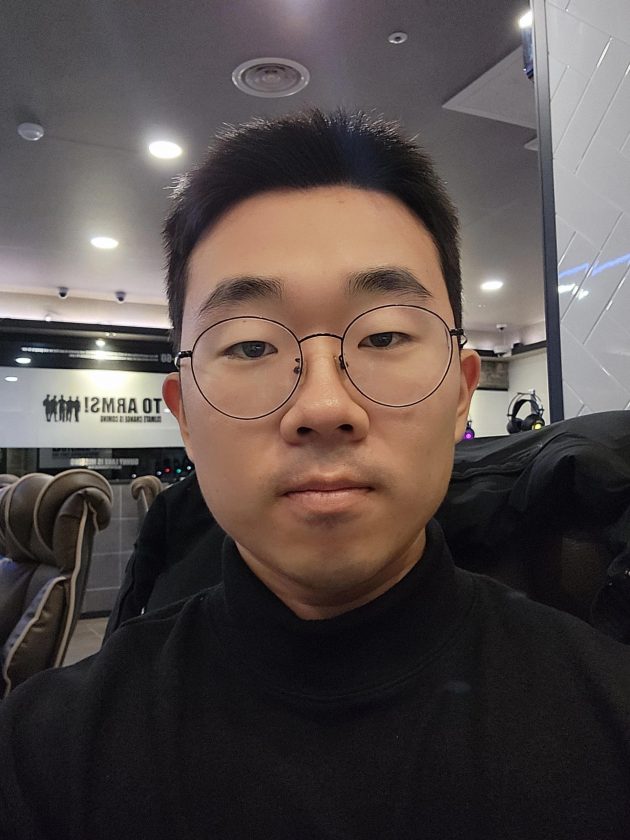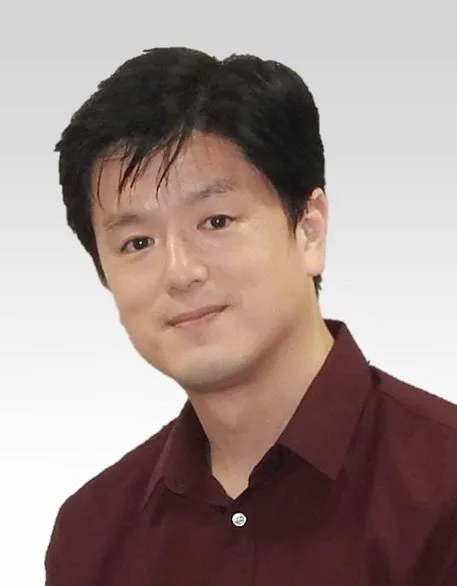
Welcome to our chat with Dr. Shoji Takeuchi, a Biohybrid Systems Scientist rocking it at The University of Tokyo. Dr. Takeuchi’s research covers a bunch of cool stuff like Biohybrid Systems, MEMS, Microfluidics, Tissue Engineering, and Artificial Cell Membrane. Basically, he’s all about blending biology and tech to create awesome bio-hybrid systems.
One thing Dr. Takeuchi is super into is using bio-molecular motors, like kinesin-microtubule combos, as these tiny but powerful elements in existing MEMS devices. It’s like giving these devices a turbo boost with bio-magic!
And get this – Dr. Takeuchi’s crew is also busy creating micro neural electrodes that act as crucial links between real organs and our tech gadgets. They’re using fancy micro/nano fabrication tricks to make these hybrid systems super smart and efficient.
So, let’s dive into Dr. Takeuchi’s groundbreaking work and get a sneak peek into the fascinating world of biohybrid systems.
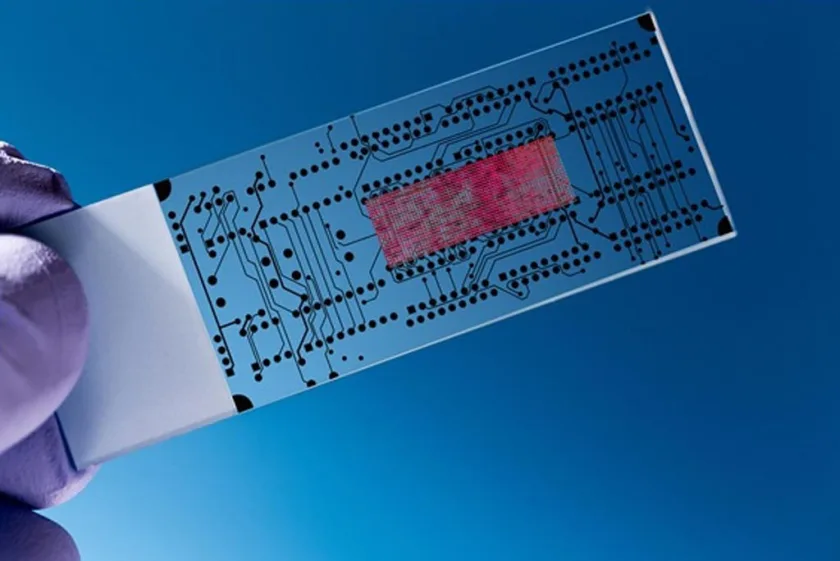
How did you get into biohybrid systems and when did you start?
I began my journey into biohybrid systems as an undergraduate student. My fascination with the intersection of biology and robotics drove me towards this innovative field. This early interest laid the foundation for my subsequent research and development in biohybrid systems.
What motivated the focus on developing biohybrid robots with two legs and cultured skeletal muscle tissue for driving? Ref: Biohybrid bipedal robot powered by skeletal muscle tissue
The motivation stemmed from a desire to mimic complex human movements in robots, leveraging muscle tissue to achieve more natural and efficient movements than possible with traditional robotic actuators. This led to the development of a bipedal robot powered by skeletal muscle tissue, which showcases delicate pivoting movements.

How does the integration and miniaturization of laboratory functions onto a chip impact the efficiency and effectiveness of experiments?
Lab-on-a-chip technology significantly enhances the efficiency and effectiveness of experiments. It enables high-throughput testing, reduces the amount of required reagents, and allows for precise control over experimental conditions. This results in more reliable and repeatable outcomes, accelerating scientific discoveries and innovations.
In your view, what are the future prospects and potential applications of tissue engineering in regenerative medicine?
Tissue engineering holds tremendous promise for regenerative medicine, potentially enabling the creation of replacement tissues and organs for transplantation. I also believe that three-dimensional tissue engineering will contribute to various industrial fields that use living tissue, such as cultured meat production, the robots, and the highly sensitive sensors.
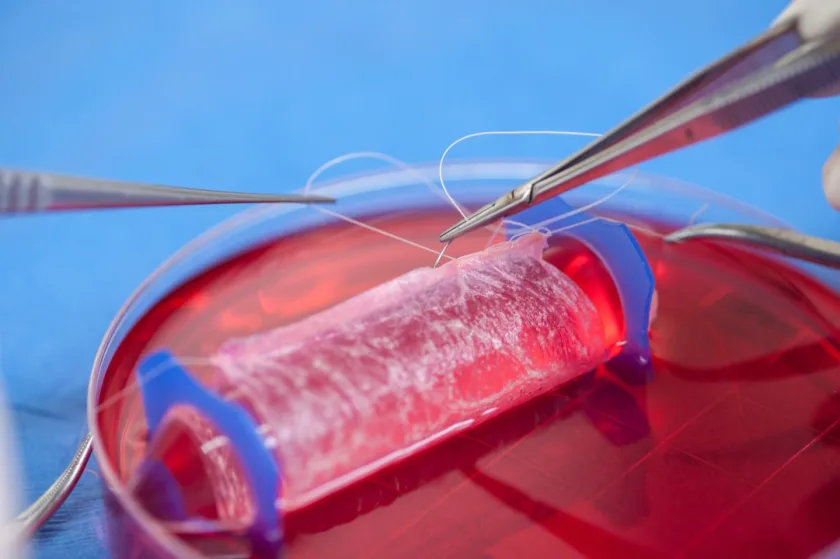
How important is cross-disciplinary collaboration in your research, especially considering the intersection of biohybrid systems, MEMS, lab-on-a-chip, and tissue engineering?
Cross-disciplinary collaboration is crucial. The convergence of biohybrid systems, microelectromechanical systems (MEMS), lab-on-a-chip technologies, and tissue engineering demands expertise from diverse fields. Collaborative efforts allow us to pool knowledge and resources, driving forward innovations that no single discipline could achieve alone.
Someone comes up to you and says, “I wanna be just like you. I want to be a Biohybrid Systems Scientist”. What advice would you give?
I would advise them to follow their passion and maintain their curiosity. The field of biohybrid systems is constantly evolving, necessitating a robust foundation in both biology and robotics. Staying informed about the latest developments and being willing to continuously learn and adapt are key to succeeding in this dynamic and exciting field.
(Wow! Thank you, Dr. Takeuchi, for an incredibly inspiring conversation! Your work is a true source of inspiration. We eagerly anticipate our next visit to witness more of your innovative research. Until then, we extend our best wishes for your continued success in all your future endeavors.)

